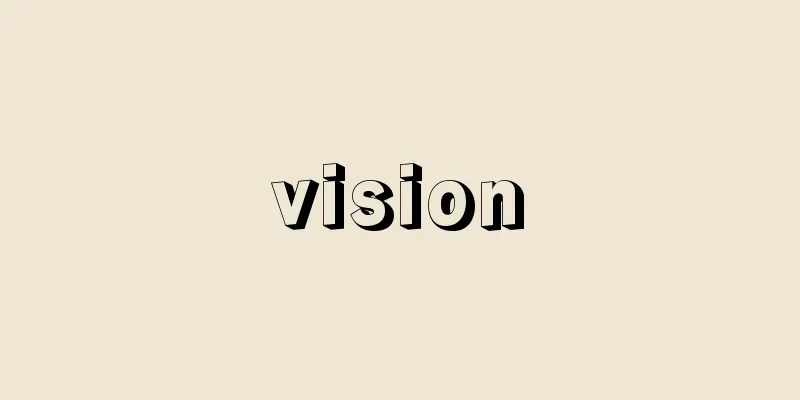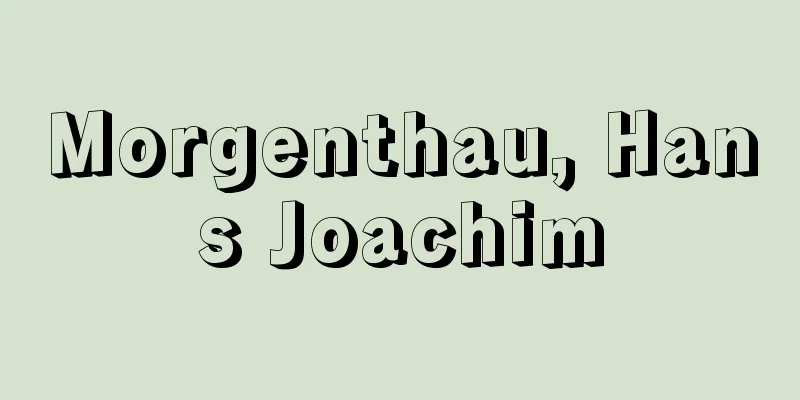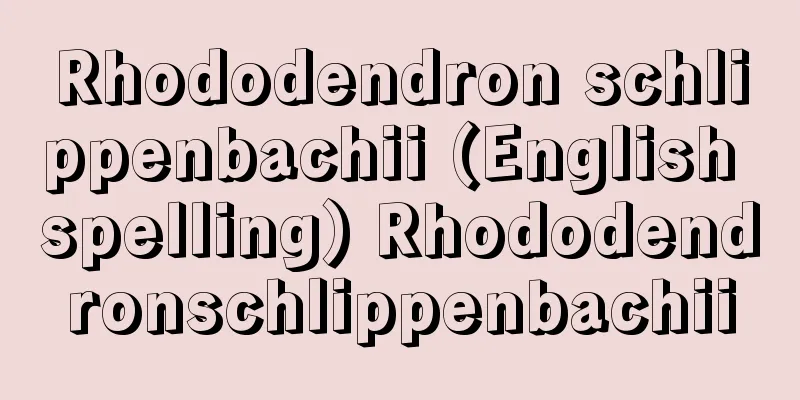Hans Carossa

|
German novelist and poet. Born on December 15th in Bad Tölz in southern Bavaria to a practicing physician. Catholic. Of mixed Italian and Austrian descent on his father's side. He spent his childhood in Königsdorf and Pilsting, close to his birthplace, and entered high school in Landshut. From 1897 onwards he studied medicine at the universities of Munich, Leipzig and Würzburg, earning his doctorate in medicine in 1903. He published poems and novels while practicing in Passau, Seestetten and Munich. He lived in Rittsteig in his later years. He died there on September 12th, 1956, at the age of 77. He was awarded the Gottfried Keller Prize (1931) and the Goethe Prize (1938), among other prizes. He rarely left Bavaria throughout his life, and his works are closely linked to the local climate. However, despite the narrowness of the world he depicted, his delicate sensibility allowed him to keenly sense trends in the wider world beyond the confines of Bavaria, and his works contain premonitions of a new era. Hofmannsthal, Rilke, Thomas Mann and others all esteemed him as a humble and profound person, and he earned his friendship and trust. His basic approach was to see the truth of life in his life as a doctor and crystallize the records of that in works of art. Therefore, his works are mostly depictions of daily life with little fiction, but his literary works are all permeated with a gaze that does not leave personal experiences as mere personal experiences, but seeks to see universal truths from them. It may be the fate of a doctor to recognize the futility and darkness of life, but the true essence of a doctor's work lies in the effort to heal despite that recognition. His works - although on the surface they appear to be emotional recollections - are based on the recognition of the darkness and chaos of life, and are filled with patience and a humorous kindness that aims for light and harmony. Carossa's literature should be called "medical literature" in the true sense of the word. He looked up to Goethe as his mentor, and his debut novel, The End of Doctor Bürger (1913; later adapted as The Fate of Doctor Bürger, 1930), depicted the suffering of a young doctor and was said to be a modern version of The Sorrows of Young Werther (1774). His next work, Childhood (1922), is a cheerful recollection of a childhood surrounded by the love of his parents, but in fact this work was born out of a desire to find his true self and the source of his existence during the crisis of the First World War and its aftermath. His experiences as a soldier in World War I further inspired The Romanian Diary (1924). He then published "The Changes of Youth" (1928), which tells of his memories of his high school days, "Doctor Gion" (1931), which is set in Munich after the First World War, "Guidance and Obedience" (1933), a literary memoir of various encounters, "The Secret of Adulthood" (1936), which hints at the inner world of a man past middle age, "The Beautiful Years of Bewilderment" (1941), which depicts his time at the University of Munich, and "Italian Voyage" (1946, 1948), which could be considered a hymn to Italy. In 1941, under Nazi rule, he was promoted to the position of president of the European Federation of Authors, for which he was criticized after the war, but "A Different World" (1951, including "A Day in Late Summer 1947") is both a record of his reflections on that time and a book of his defense. His last novel, "The Days of a Young Doctor" (1955), is a recollection of his time as a practicing physician. His other works include two collections of poems (1910, 46) and a lecture collection entitled "The Influence of Goethe in the Modern Age" (1936). [Kouzo Hirao] "The Complete Works of Carossa, Vol. 14 and Supplementary Volume 1, translated by Toshihiko Katayama et al. (1949-57, Yotokusha) " "The Complete Works of World Literature 25: Rilke and Carossa, translated by Makoto Nakayama et al. (1979, Gakken)" [References] | | |Source: Shogakukan Encyclopedia Nipponica About Encyclopedia Nipponica Information | Legend |
|
ドイツの小説家、詩人。12月15日、南バイエルンのバートテルツに開業医を父として生まれる。カトリック教徒。父系にはイタリアとオーストリアの血が混じっている。生地に近いケーニヒスドルフ、ピルスティングなどで幼年期を過ごし、ランツフートの高等学校に入学。1897年以降ミュンヘン大学、ライプツィヒ大学、ウュルツブルク大学で医学を学び、1903年医学博士の学位取得。その後パッサウ、ゼーシュテッテン、ミュンヘンなどで開業医として診療にあたりながら、詩や小説を発表。晩年リットシュタイクに居住。56年9月12日、77歳で同地に死去。ゴットフリート・ケラー賞(1931)、ゲーテ賞(1938)などを受賞。 彼は生涯を通じてバイエルンをほとんど離れず、作品はこの地方の風土と密に結ばれている。しかし直接描かれた世界の狭さにもかかわらず、その繊細な感受性はバイエルンの枠を越えて広い世界の動向を鋭敏に感じ取り、作品は新しい時代の予感をはらんでいる。その謙虚で深みのある人柄にはホフマンスタール、リルケ、トーマス・マンらも友情と信頼を寄せた。 周囲の人に医師として接する生活のなかで人生の真実を見つめ、その記録を芸術作品として結晶させることが、彼の基本姿勢であった。したがって、作品はおおむねフィクションの少ない生活描写からなるが、私的体験を単なる私的体験にとどまらせず、そこから普遍的真実を見つめようとする視線が彼の文学全体を貫いている。生命のむなしさ、人生の暗黒を認識せざるをえないのが医師の宿命であろうが、その認識にもかかわらず治癒への努力を傾けることにこそ、医師の営みの本質は存するであろう。彼の作品は――表面、情緒的な回想のようにみえながら――人生の暗黒と混沌(こんとん)の認識を基底にもち、にもかかわらず光と調和を志向する忍従と、ユーモラスな心の優しさに満たされている。カロッサの文学こそ、ことばの真の意味において「医の文学」とよばれるべきものである。 彼はゲーテを師と仰ぐが、小説の処女作『ドクトル・ビュルガーの最後』(1913。改作され『ドクトル・ビュルガーの運命』1930)は青年医師の苦悩を描き、『若きウェルテルの悩み』(1774)の現代版といわれた。続いて『幼年時代』(1922)は父母の愛に包まれた幼時の追憶を明るくつづるが、実はこの作品は、第一次世界大戦中から大戦後にかけての危機にあって、自己本然の姿、存在の根源を求める欲求より生まれたものである。第一次大戦の従軍体験はさらに『ルーマニア日記』(1924)を生む。続いて高等学校時代の思い出をつづる『青春変転』(1928)、第一次大戦後のミュンヘンを舞台とする『医師ギオン』(1931)、さまざまな邂逅(かいこう)の文学的回想『指導と信従』(1933)、中年を過ぎた男の内面を暗示する『成年の秘密』(1936)、ミュンヘン大学入学当時を描く『美しき惑いの年』(1941)、イタリアへの賛歌ともいうべき『イタリア紀行』(1946、48)を発表した。ナチス統治下の1941年、ヨーロッパ著作家連盟会長の地位に押したてられ、そのために戦後、非難を受けるが、『異なれる世界』(1951。『1947年晩夏の一日』を含む)は当時を振り返っての記録であり、彼の弁明の書でもある。最後の小説『若き医者の日』(1955)は開業医となったころへの回想をつづる。ほかに二つの詩集(1910、46)、講演録『現代におけるゲーテの影響』(1936)などがある。 [平尾浩三] 『片山敏彦他訳『カロッサ全集』14巻・別巻1(1949~57・養徳社)』▽『中山誠他訳『世界文学全集25 リルケ・カロッサ』(1979・学習研究社)』 [参照項目] | | |出典 小学館 日本大百科全書(ニッポニカ)日本大百科全書(ニッポニカ)について 情報 | 凡例 |
Recommend
Mullite
A general term for aluminosilicates with the comp...
Mitsunaka Ikeda
Year of death: 7th July 6th Genroku (8th August 16...
Sayyid Muhammad
...A nationalistic rebellion that lasted for 21 y...
Sacred tree
In the broad sense, a tree that is considered sac...
Rental room - kashizashiki
The official name for a brothel. After the Prosti...
Cellulitis - phlegmon
Also called cellulitis, phlegmon, or phlegmon. It ...
Kazuyuki Egi
Year of death: August 23, 1932 Year of birth: Apri...
Anoirin - Anoirin
→ Thiamine Source: Asakura Publishing Nutrition an...
Stochastic Process -
The yen exchange rate, the amount of rainfall in ...
dey
…The Ayan power also expanded in Syria, but by th...
Platycerus delicatulus (English spelling) Platycerusdelicatulus
...The body is milky white and cylindrical, bent ...
Erythro Giraffe - Erythro Giraffe
…In 1918, Miyake Ichiro isolated the yellow rice ...
Corydalis
A general term for several perennial plants of the...
Military justice system
In order to maintain discipline and order in the m...
Castor (Fragrance) - Kasutoru
… [Natural Flavors] They are made from natural in...
![Hisai [city] - Hisai](/upload/images/67cc9babd9b6e.webp)





![Hachimori [town] - Hachimori](/upload/images/67cc873617887.webp)


![Now board [Hot spring] - Imaita](/upload/images/67cf70673fba2.webp)